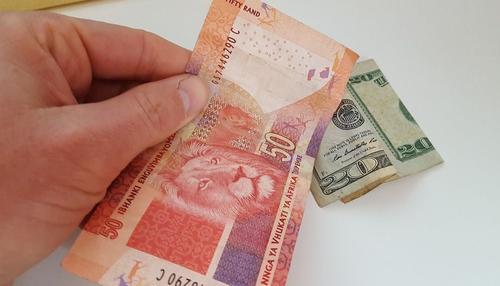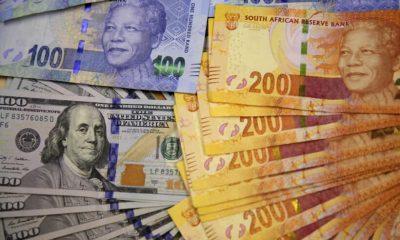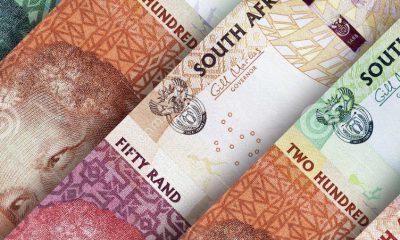Published
5 months agoon
By
zaghrah
The South African rand stabilized on Tuesday after plunging to a nine-month low early in the week, reflecting the global strength of the US dollar and uncertainty surrounding the Federal Reserve’s next moves on interest rates.
Current Exchange Rates
As of 14 January, the rand was trading at:
The currency’s weakness against the dollar follows concerns over a potential pause in further interest rate cuts by the Federal Reserve, as the US economy shows resilience amid global economic uncertainty.
Oil Prices and Economic Context
Oil prices, a key factor in South Africa’s import costs, were trading at $80.61 a barrel. Rising oil prices could increase inflationary pressures on the economy, posing additional challenges for the rand’s performance.
What’s Driving the Rand?
The rand’s decline has been influenced by multiple factors:
Market Outlook
Analysts suggest that the rand could remain under pressure in the near term due to global risk sentiment and local economic conditions. However, potential relief could come if:
What It Means for South Africans
The rand’s performance directly affects fuel prices, import costs, and inflation, impacting consumers and businesses alike. A weaker rand could drive up the cost of imported goods, including food and electronics, while increasing fuel prices could exacerbate living costs for households.
As the rand steadies after a significant drop, all eyes remain on the Federal Reserve’s next moves and South Africa’s efforts to address its economic challenges. The coming weeks will be pivotal in determining the currency’s trajectory and its broader implications for the economy.
Follow Joburg ETC on Facebook, Twitter , TikTok and Instagram
For more News in Johannesburg, visit joburgetc.com


South African Markets Defy Global Uncertainty: Rand and Shares Hit New Highs Amid Trade Talks


Rand Holds Steady Ahead of High-Stakes Budget Speech and Ramaphosa-Trump Meeting


More Petrol Price Relief for South Africans Expected in June 2025


Petrol Price Cuts Bring Relief to South Africans as Interest Rate Drops Loom


South African Rand Hits Five-Week High as Eskom Signals Brighter Winter Power Outlook


Budget 3.0 Boosts Rand as VAT Deadlock Ends and Markets Breathe Easier















